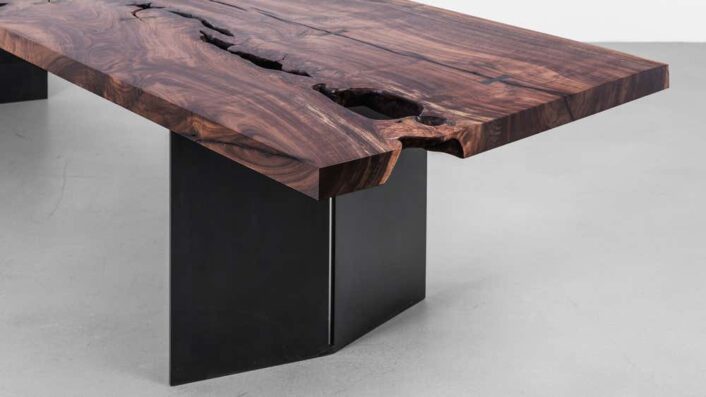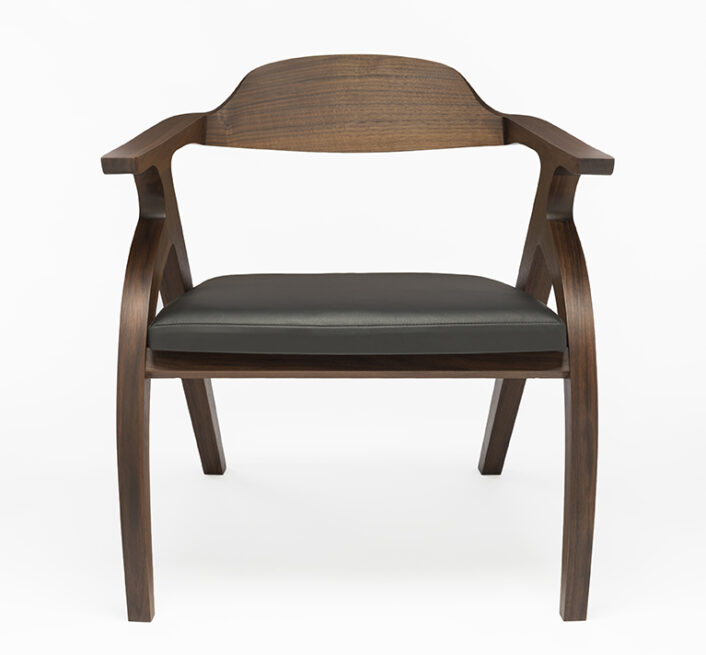Design
Bower Studios
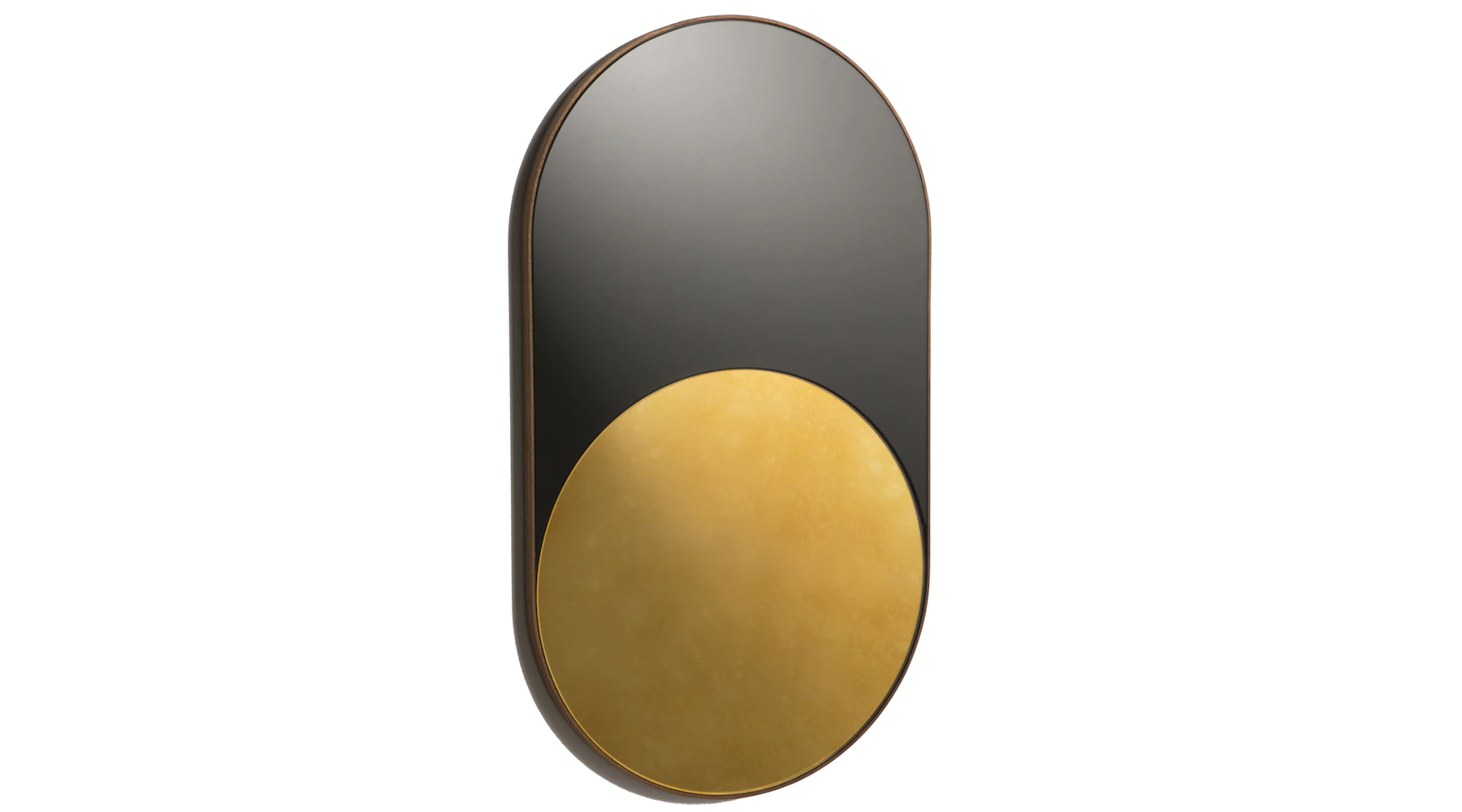
Cylinder Mirror. This piece has become an iconic Bower design; it is available in four different glass options and four different frame options.
Image courtesy of: Sight Unseen, photographed by: Michael A. Muller
Based in New York City, Bower Studios has a unique approach to designing contemporary furniture and accessories. Founded in 2013 by Danny Giannella, Tammer Hijjazi, and Jeffrey Renz, the product design firm is primarily recognized for their series of mirrors.
The partner-trio focuses on mirrors as (courtesy of the company’s web site) “they explore and challenge perceptions of depth, light and self.” Initially, Giannella and Hijazi worked together at the Brooklyn firm Ohuru; following this stint, the pair went off on their own to create custom woodwork. Adding Renz to the mix ensued in designing an initial collection that had plenty of mirrors, but also furniture, lighting, and accessories.

Melt accent chair from the Melt Collection.
Image courtesy of: Sight Unseen
Like for everyone else, the worldwide pandemic caused Bower Studios to take pause. As time in the “real world” virtually ceased, the designers’ imaginations went a little haywire. During the time in lockdown, the trio designed the Melt Collection; however more impressive is that the collection was completed and launched while the threesome worked remotely and digitally.
Looking forward to new possibilities and future experiences inspired the Melt Collection. Enlisting Alexis Christodoulou, a 3-D artist and designer, what was initially a dream became a collaborative reality. Figuring out a temporary “new normal” took a little bit of time; but all in all, it caused better overall communication. All of this resulted in a more productive environment going forward.
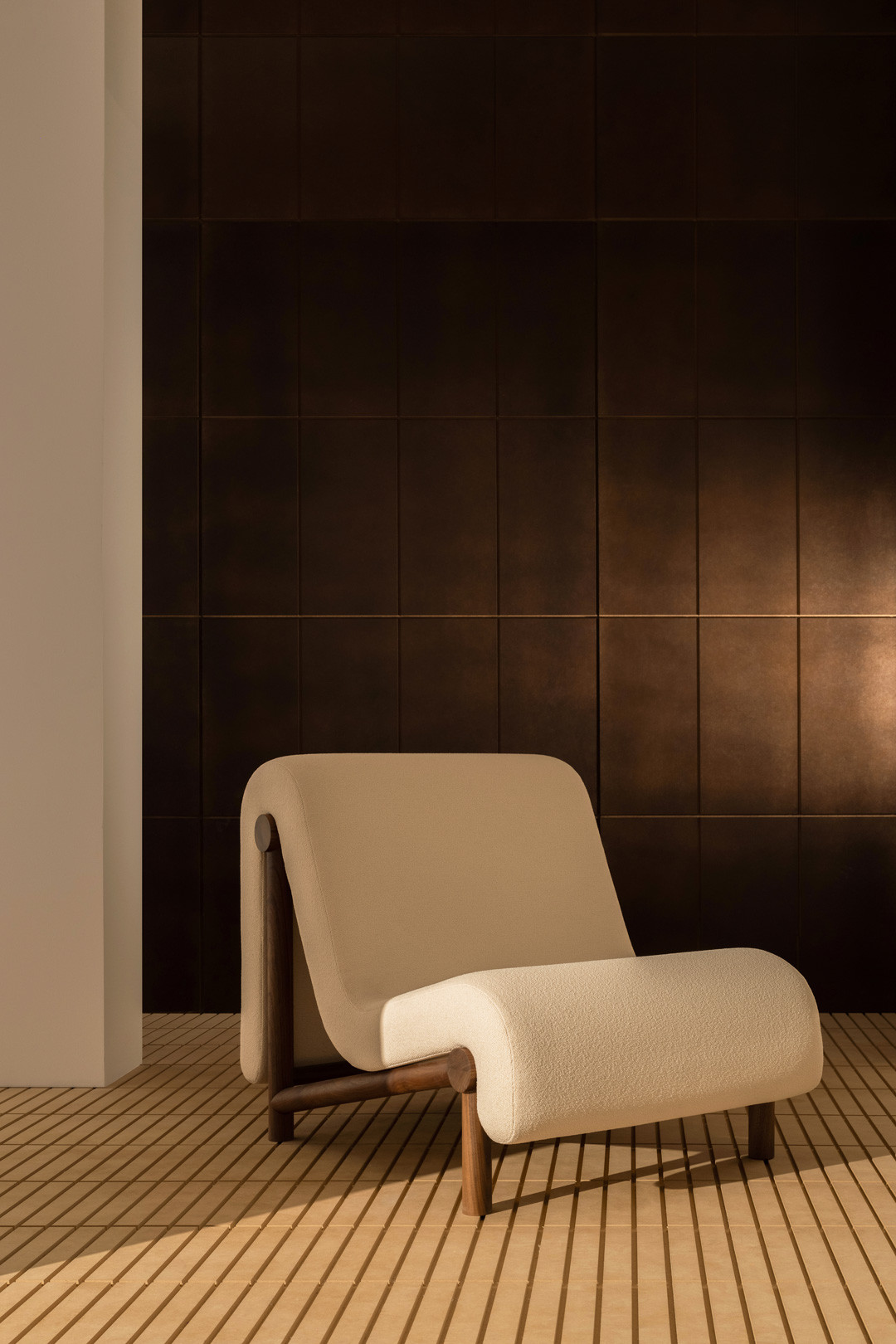
Melt Lounge Chair. The upholstered boucle cushion elegantly drapes over a walnut base.
Image courtesy of: Bower Studios
The Melt Collection debuted with 14 pieces made from metal, glass, and stone. That said, the assortment of objects (courtesy of Azure) “explore ‘reality vs. perception’ through ‘material and form.'” Working to create an “alternate reality” and an escape from the previous months of virtual isolation, the new line was wonderfully displayed in a setting of overgrown greenery and abandoned homes.
As we realized, the empty and lonely streets as a result of nearly zero human activity allowed nature to take center stage. Bower Studio noted another positive factor… the reduced air pollution in many urban areas ensued in a “calm sense of meditation and introspection in the air.” These redeeming factors played a part in the studio’s future designs.
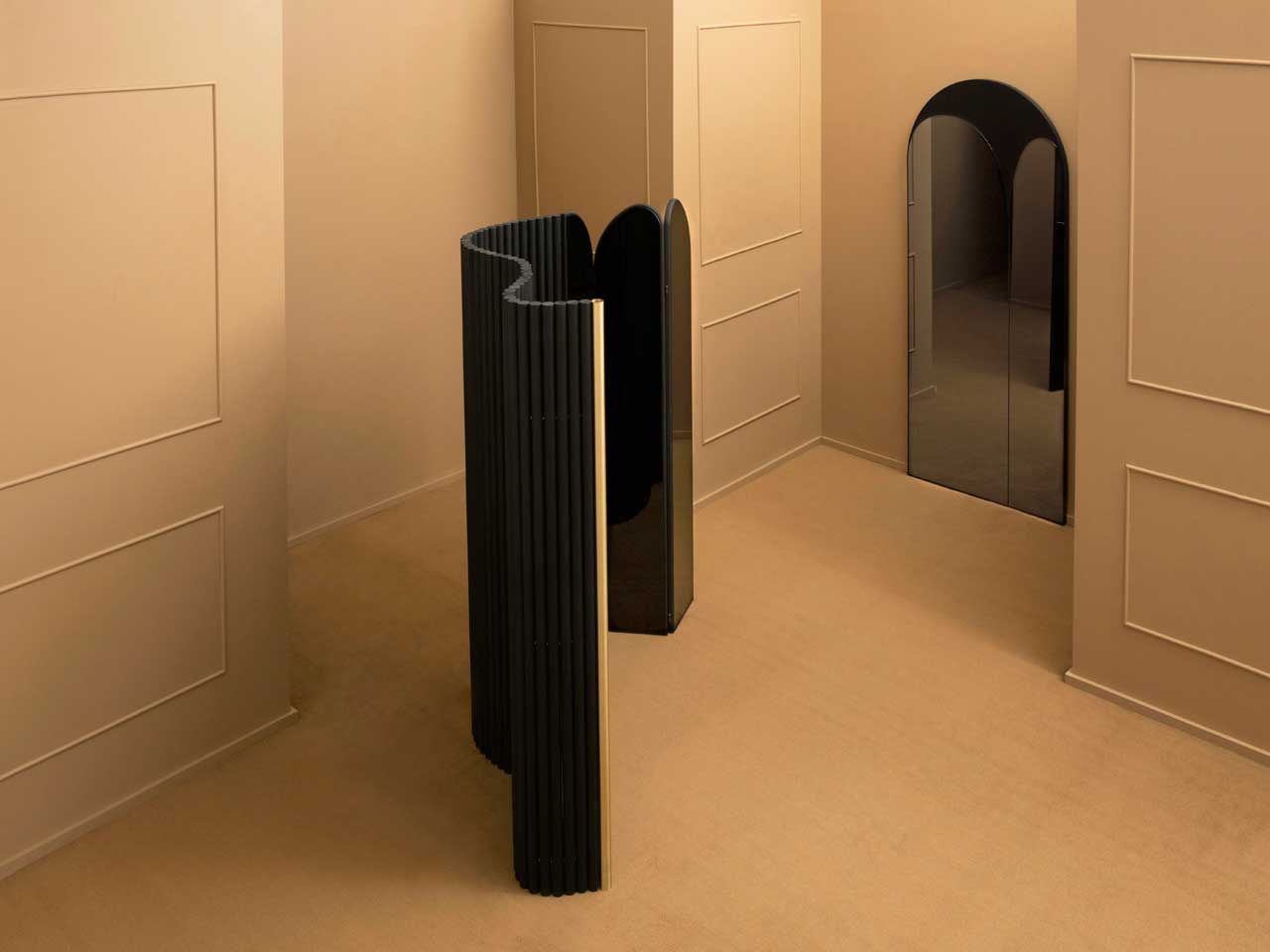
The Svale Screen is a room divider and trio of mirrors that coexist to form a graceful, sculptural partition which can be easily manipulated into various shapes and formations.
Image courtesy of: Design Milk, photographed by: Charles Schuck
Bower Studios focuses on mirrors in order to explore perceptions of depth, light, and self. Courtesy of Cool Hunting, Giannella explained, “Whether it’s the perception of depth and dimension that we’ve explored with our mirrors, or perceived materiality expressed the Melt Chair. It’s the idea of giving a material with a set of traits the ability to feel like a different material with an opposing set of traits—simply by the way it’s formed and interacts with other objects.”
Bower Studios’ four installments of the BOWERx collaborative mirror series enlisted Stærk&Christensen. Led by the artist and designer Camilla Stark and model and photographer Helena Christensen, the collaboration was an elegant two-piece mini-collection. Relying on their Danish upbringing, the mirror and screen were inspired by the swallow birds that are commonly found in Denmark.
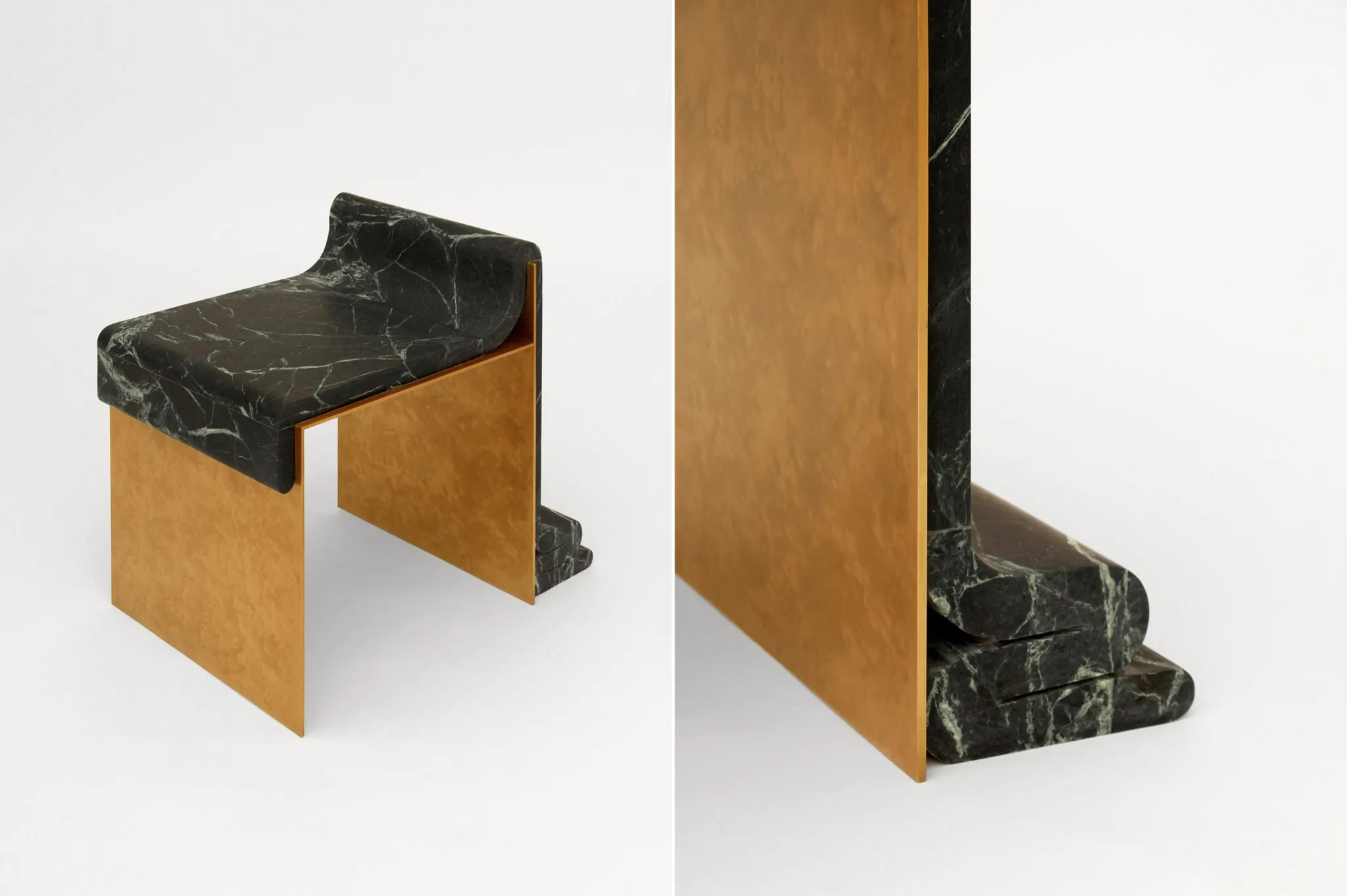
Surprising perceptions!
Image courtesy of: Cool Hunting
The acclaim of the Melt Collection prompted the designers to produce a Melt Chair made from brass and marble. The limited-edition was exclusively produced for the design gallery, The Future Perfect (courtesy of Cool Hunting) “as a play on perceptions between the semantics of the material and its distorted- and therefore ironic- application.” The design was inspired by an ancient Egyptian chair; it was produced from Imperial Green marble and antique brass.
Working with contrasts resulted in altered perceptions between the material and the application. Twenty Melt Chairs were produced in concrete and chrome-plated brass, after an initial marble and antique brass release. Defying expectations, the juxtaposition between the droopy, soft design and the strong, heavy material was the epitome of contrast… in each and every sense of the word.
